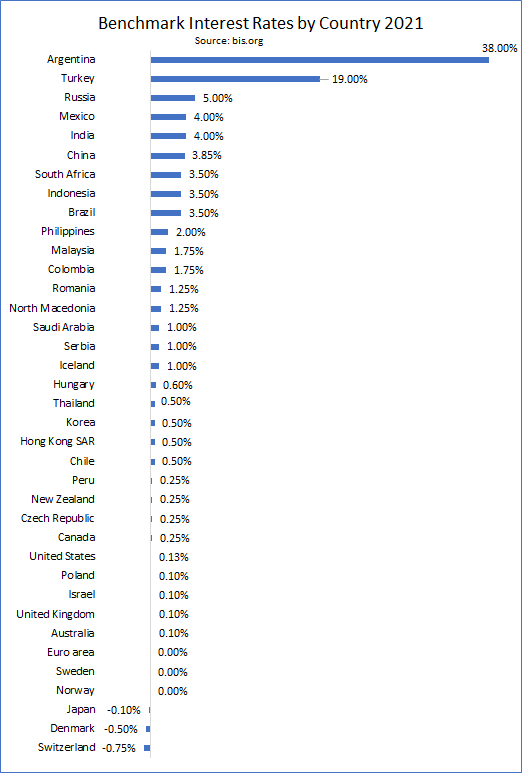Key Economic and Welfare Indicators for Global Economies
GDP, Per Capita GDP, GDP growth rates etc may not always capture the welfare and standard of living of the people. GDP growth is dependent on a number of factors including global economic environment and natural calamities which are well beyond the control of any one country or group.
Even in the "rich" economies of the west, economic inequality is
surprisingly high. In case of emerging market economies with high
populations this contrast is even starker. The scope for re-distributive taxes is limited in case of emerging markets, they would not want to hurt their growth prospects.
For low and middle income group countries the transition to high income group may last several decades and growth (and development) may remain "top heavy" for a long time to come. As such these low or middle income economies will have to make the best of what they have by focusing on administrative/governance procedures and outcomes. The target must be to provide at least a minimum standard of living for the vast majority of the populace.
It becomes important to identify key economic and welfare indicators -- measure and target these measures over a period of time. By publishing these measures from time to time governments can showcase their performances to all concerned stake holders.
Ideally you would want welcome more number of third party, neutral and non-profit organizations to study different economies and provide unbiased opinions.
Let us take a look at the key economic indicators of some of the major economies of the world. Most of the data has been sourced from world bank website and may not reflect the most recent update.
1. GDP by Country and Economic Groups
2. GDP by country in PPP terms:
Exchange rates are not always the true indicator of what money can buy within a country. So GDP in Purchasing Power Parity terms uses a basket of goods and services to measure the exchange rate in terms of the purchasing power of money.
3. Population by Country
4. GDP Per Capita
5. Countries by benchmark interest rates set by central banks
Argentina has inflation of more than 40% and Turkey's inflation rate is around 13.6% per annum.
6. Countries by Inflation Rate(CPI)
7. Unemployment Rate by Country
8. Greenhouse Gas Emissions by Country
9. Infant Mortality Rate by Country
10. Maternal Mortality Rate
11. Corruption Perception Index by Transparency International
Starting from 1...1 is the best ranking.
12. Ease of Doing Business Ranking
India has moved up 17 notches in 2020, India is at 63 out of 190 countries.
So the idea is to identify and devise if necessary key performance and welfare indicators for different sectors or areas of the economy and track them on a continuous basis. The relationship between Keynesian spending and growth/employment is not one to one - so constant monitoring is required to ensure desired outcomes.














Comments
Post a Comment